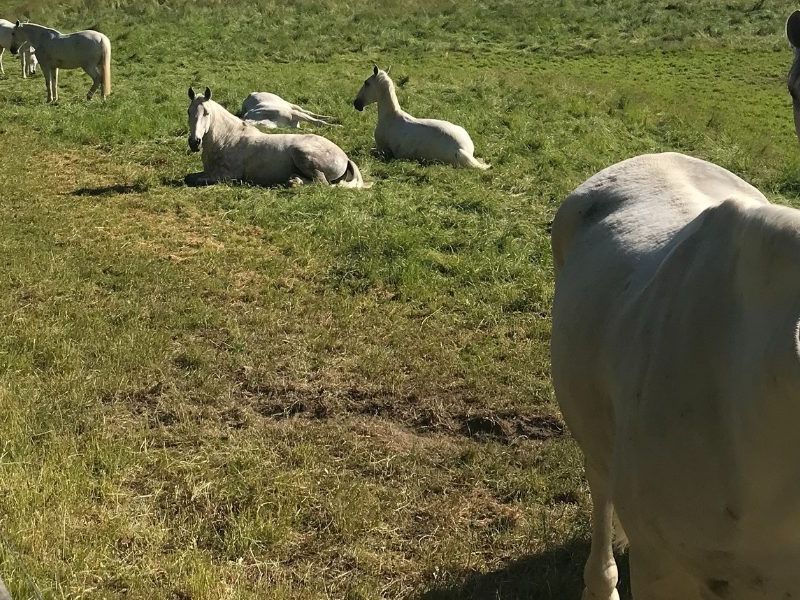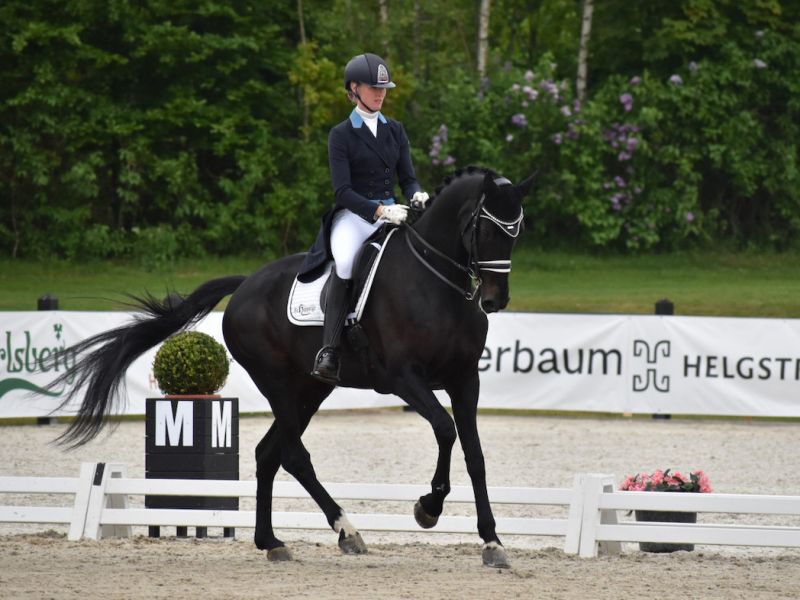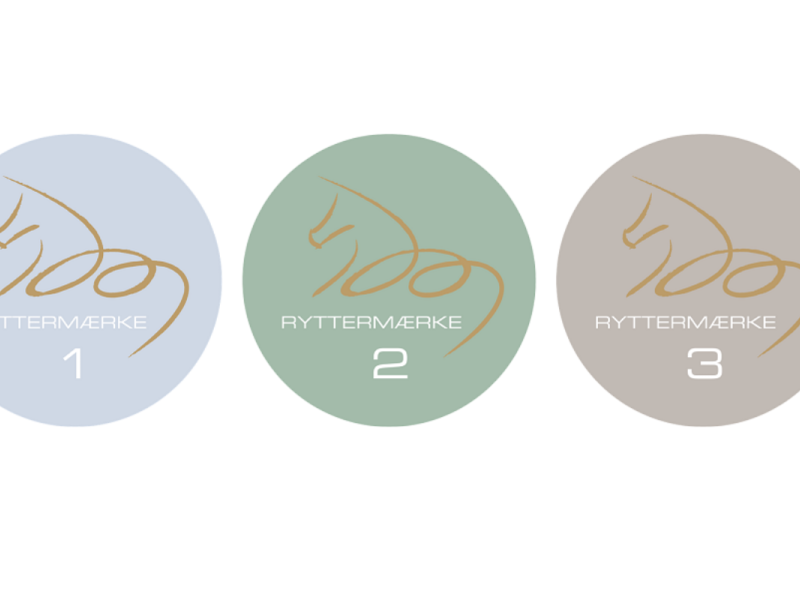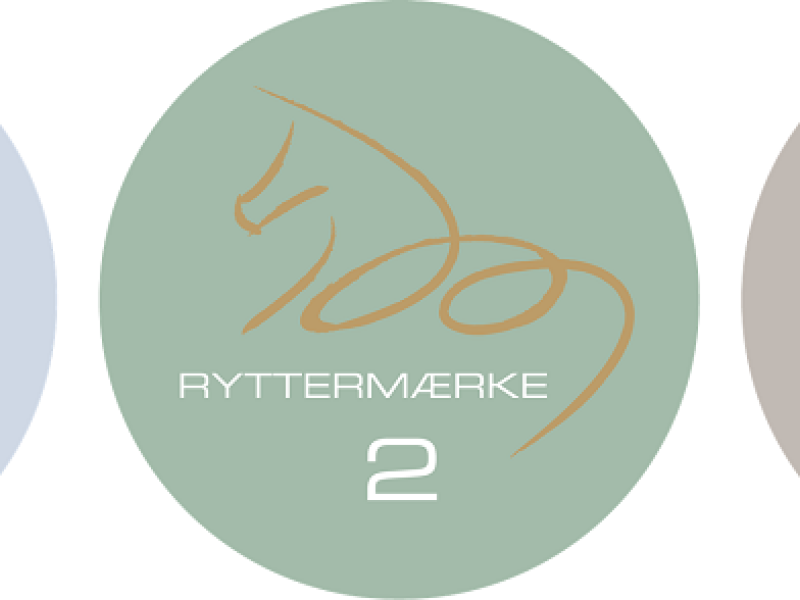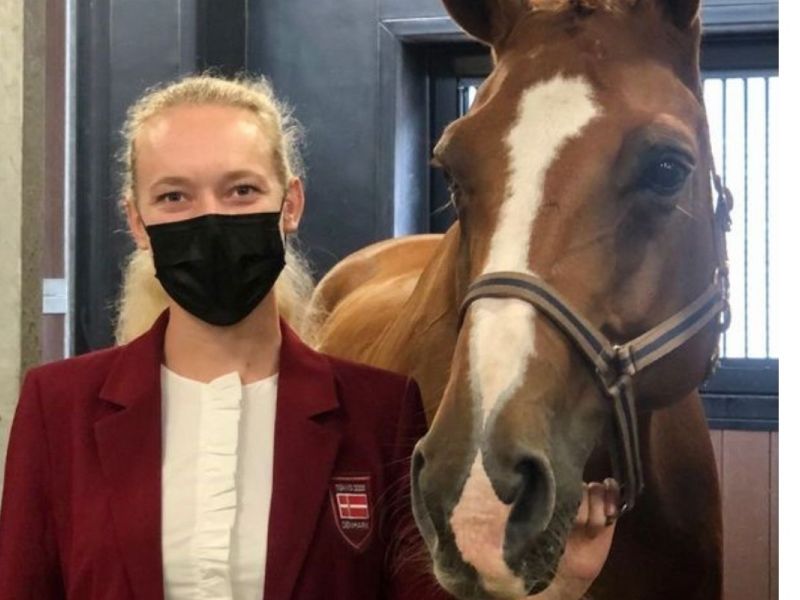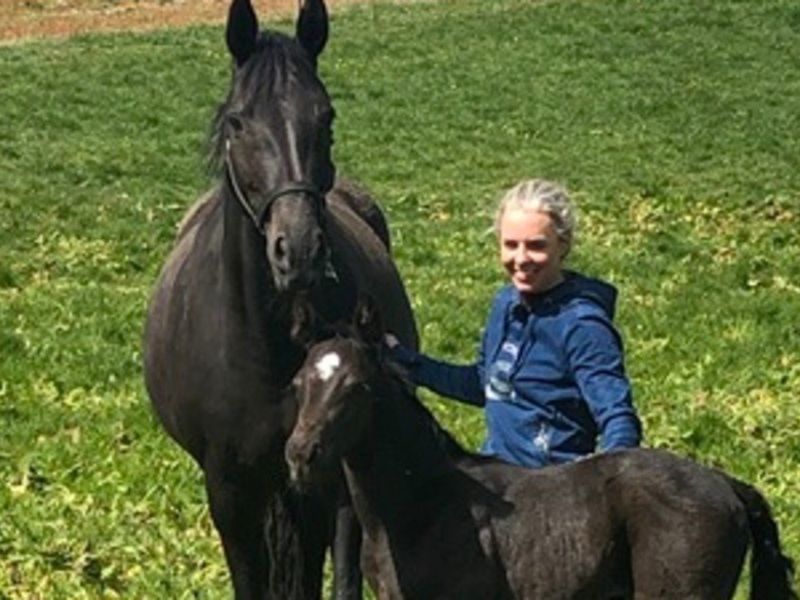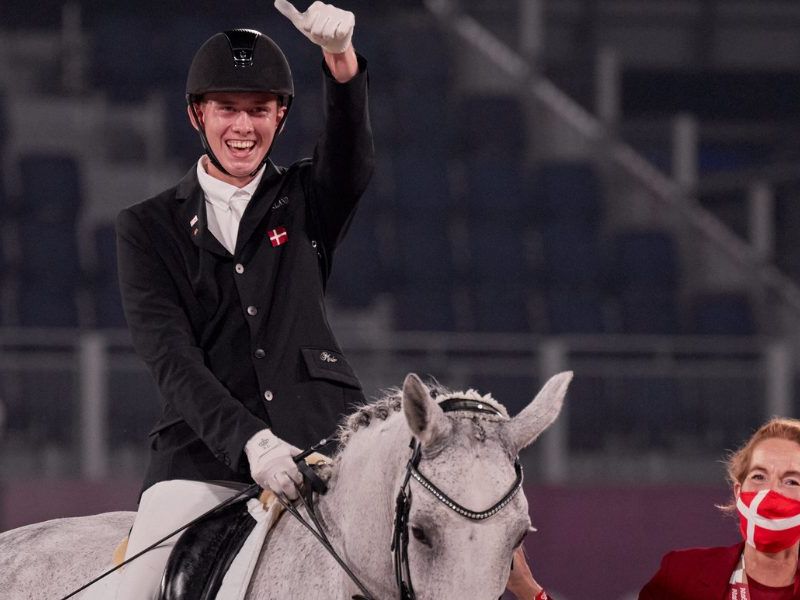The size and shape of the sand grains are crucial for the World Championship footing

“We are here to support the organizers of the World Championships and the professionals who are responsible for the footing,” Professor Lars Roepstorff initially explains, he was supported by FEI representative Heidi Zorn (Footing expert and President at Premier Equestrian). The footing used at the Danish Warmblood Stallion Selection in Herning will also be used at all World Championship arenas, training- and warmup arenas. The experts were present to investigate the footing together with Janus Haubroe from Skibby HC, who is the “Official Footing Supplier” for the championship and thus responsible for having mats, sand and fibers laid on 35.000 m2 in Herning. Several meetings and numerus tests of the surface were conducted. The practical team, which will be responsible for maintenance and care of the footing, led by Jesper Møller, also participated in studies and debates together with one of the three area managers, Niels Jørgen Cassøe.
Lars Roepstorff is a trained veterinarian and has a PH.D. in functional anatomy from the Swedish University of Agricultural Sciences, and has been a professor in the subject since 2011. Together with leading researchers, he has developed a machine: Orono Biomechanical Surface Tester, which is used to test the footing at major competitions and championships such as WEG in Tryon, Olympics in London, Rio and Tokyo.
Now this scientific method is also being used to ensure the optimal footing for the horses at the World Championships in Herning in August.
“It takes technical cooperation to make a good footing. Creating the right footing is so complicated – it is not a job for an individual, ” Lars explains, he elaborates: Building and caring for the footing is very complex. There are completely different expectations to the footing when it is a championship and in particular a world championship.”

The footing is the heart of the championship
The footing at the warm-up and competition arenas is crucial to the performance of the horse and rider in competition. In a way, one can deduce that the footing is the heart of all competitions. It is a difficult balance is to make a footing that allows the horse and rider to deliver their optimal performance, while minimizing the risk of injury to the horse.
If you think the footing is just a matter of placing random sand into an arena and leveling it out, you are horribly mistaken. It is extremely complex, and the sand used for the World Championship arenas is examined right down to the size and shape of the individual sand grains. The championships in Herning are held on a footing, combining a mix of special sand and fibers.
Heidi Zorn explains: “The fibers hold the sand together, and help to give the footing a coherence, a cushioning when the hoof hits the ground and a spring effect, and all this must be the same throughout the arena. The uniformity of the surface is important, because the horse cannot adapt to significant changes in the footing over a single gallop. Uniformity is essential in relation to injury prevention. ”

Skilled tractor driver required
Maintaining the bottom once it is established is at least as important as choosing the right material. A general rule, says Lars, that 50% of the function is based on the choice of the right material and 50% is maintenance. Therefore, it requires people with great experience, and an ability to fine-tune the footing along the way.
Today, we can measure the properties we want for the footing, in a way that those responsible for establishment and maintenance have some specific measurements, instead of asking riders, coaches, etc. as everyone has their own opinion as regards to what characterizes good footing.
“With a fixed value, we can build and maintain the footing to reach the desired properties. This means, we can inform the Organisers and riders that the footing complies with the set requirements, and it minimizes discussions about the footing, concludes Lars Roepstorff’s.
